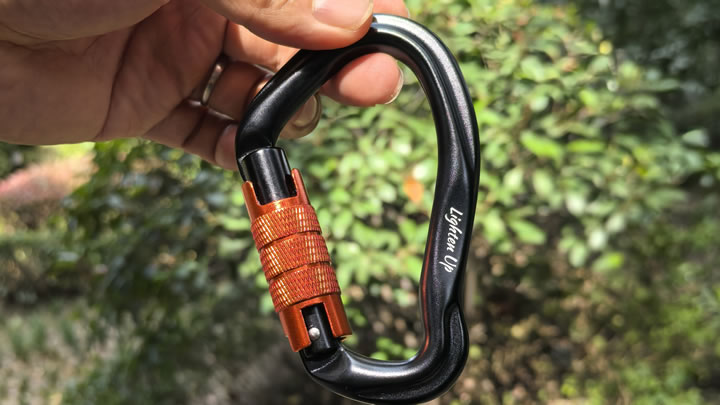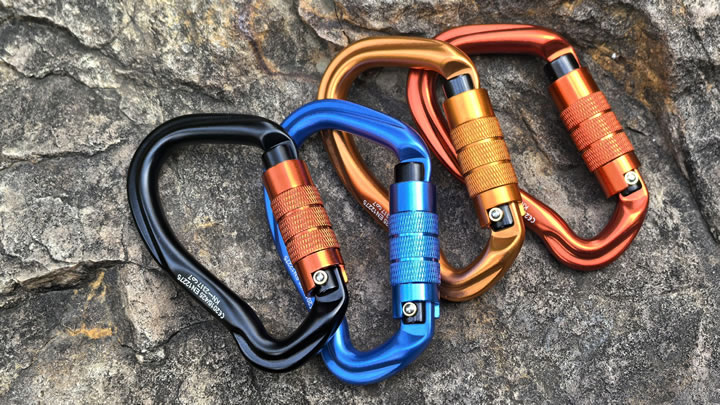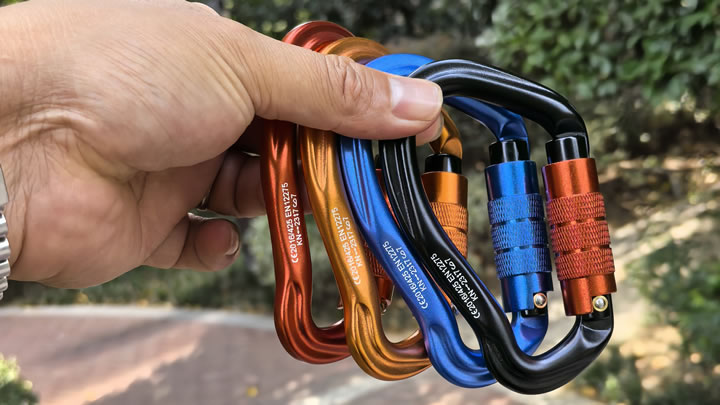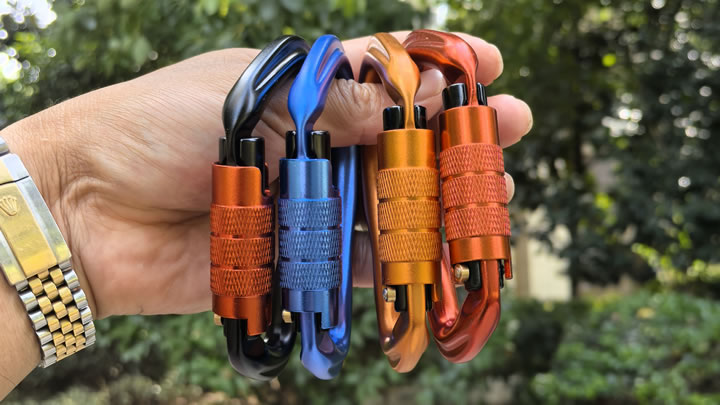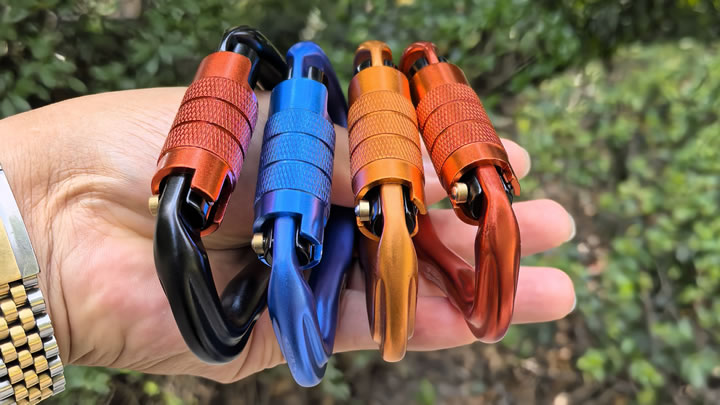How to properly dispose of or recycle old hiking poles?
As dedicated hikers, we develop a special bond with our gear. But when trekking poles become bent, cracked, or simply too worn to trust on the trail, we’re faced with a dilemma: what is the right thing to do with them? Tossing them in the trash feels wrong, yet their mixed-material construction makes recycling confusing. The good news is that with a little effort, you can give your old poles a dignified retirement that aligns with the "Leave No Trace" ethos we cherish outdoors.
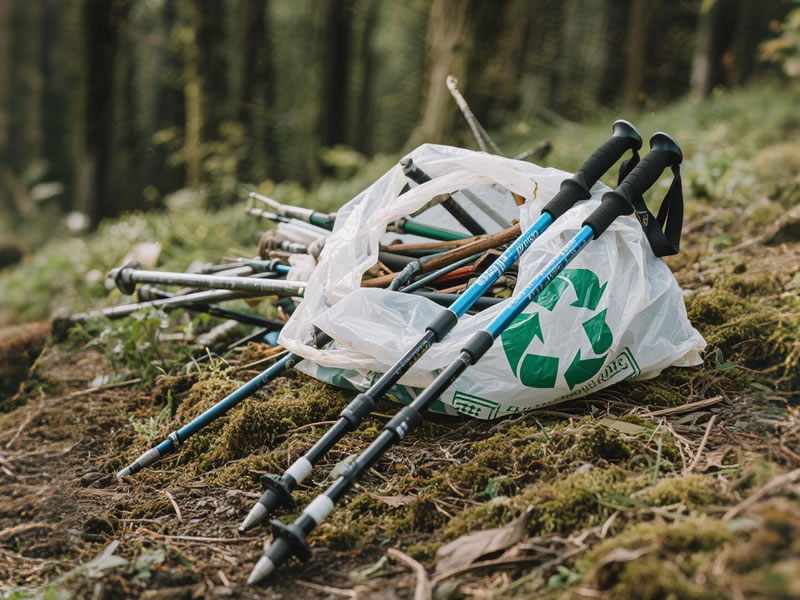
The key is to follow a waste hierarchy: first, seek to extend their life; second, recycle the components; and only as a last resort, dispose of them responsibly.
Step 1: Extend Their Life (The Best Option)
Before you consider disposal, explore these avenues to keep your poles out of the waste stream.
- Repair: Many common issues are fixable. You can easily replace worn-out tips, broken baskets, and torn grips. If a section is bent or cracked, some manufacturers sell replacement segments. A quick online search for your brand and "replacement parts" can often breathe new life into a damaged pole.
- Donate: One person's trash is another's treasure. If your poles are still functional but you've upgraded, consider donating them to:Local scout troops or outdoor youth programsThrift stores like Goodwill or Salvation ArmyCommunity hiking clubs or outdoor gear libraries
- Sell or Give Away: List them on platforms like Facebook Marketplace, Craigslist, or in gear-swap groups. Someone might be happy to take them for spare parts or as a starter set.
Step 2: The Recycling Challenge (A Material-Specific Guide)
If your poles are beyond repair, recycling is the next best option. The complexity lies in their composite nature. You must disassemble them completely.
- Separate the Components:Shafts (Aluminum): This is the easiest part to recycle. High-quality aluminum poles are highly valuable to scrap metal recyclers. Use a tool to remove any plastic or rubber components attached to the shaft. Check with your local municipal recycling center or a scrap metal yard to see if they accept clean aluminum tubing.Shafts (Carbon Fiber): Recycling carbon fiber is more complex and not available in most curbside programs. Some specialized facilities and composite material recyclers do accept it. You may need to search online for "carbon fiber recycling" in your region. Important Safety Note: Never cut carbon fiber poles without proper respiratory protection, as the dust is hazardous to inhale.Grips (Cork/Rubber/Foam): These are typically not recyclable and should be disposed of with general waste.Straps (Fabric/Plastic): These are also generally not recyclable and should go in the trash.Baskets and Tips (Plastic/Rubber): These are rarely recyclable through curbside programs. Check for any resin identification codes, but generally, they belong in the garbage.
- Check for Manufacturer Take-Back Programs:This is a growing and excellent solution. Some environmentally conscious outdoor brands have implemented take-back or recycling programs to manage their products' end-of-life. Check the website of the company that made your poles (e.g., Black Diamond, LEKI, REI Co-op) to see if they offer such a program. They often have the expertise and partnerships to properly separate and process the materials.
Step 3: Creative Upcycling (The DIY Solution)
If recycling proves difficult, get creative! Old hiking poles can be repurposed in numerous ways:
- Tent or Tarp Poles: Use them as extra support for a tent guylines or a tarp shelter in your backyard.
- Garden Stakes: Perfect for supporting tall plants like tomatoes or peas.
- Drying Rack: Connect a few poles to create a makeshift rack for damp socks and towels on camping trips.
- Curtain Rods: For a rustic, cabin-like feel.
- Art Projects: Let your imagination run wild.
Step 4: Responsible Disposal (The Last Resort)
If all else fails, and the poles are truly unusable and unrecyclable, disposal in the general waste stream is your final option. The goal of this guide is to make this the least likely path. By thoroughly exploring repair, donation, and recycling first, you can be confident that you've done your due diligence to minimize environmental impact.
A Final Checklist for Action:
- Can they be fixed? > Check for replacement parts.
- Can someone else use them? > Donate or sell.
- Is there a take-back program? > Check the manufacturer's website.
- Can the materials be separated? > Disassemble and recycle aluminum shafts locally.
- Can I repurpose them? > Get creative with a DIY project.
- Dispose responsibly. > Only after exhausting all other options.
By taking the time to properly retire your old hiking poles, you honor the adventures you've shared and take a concrete step towards a more sustainable and circular outdoor industry. Every pole kept out of a landfill is a small victory for the trails we love.

